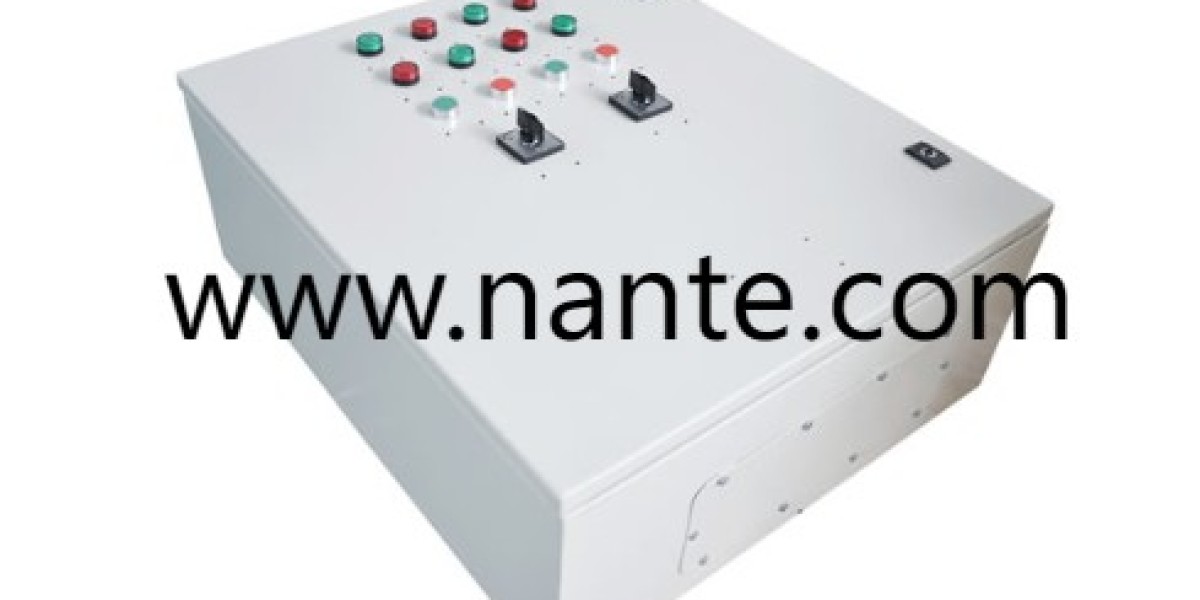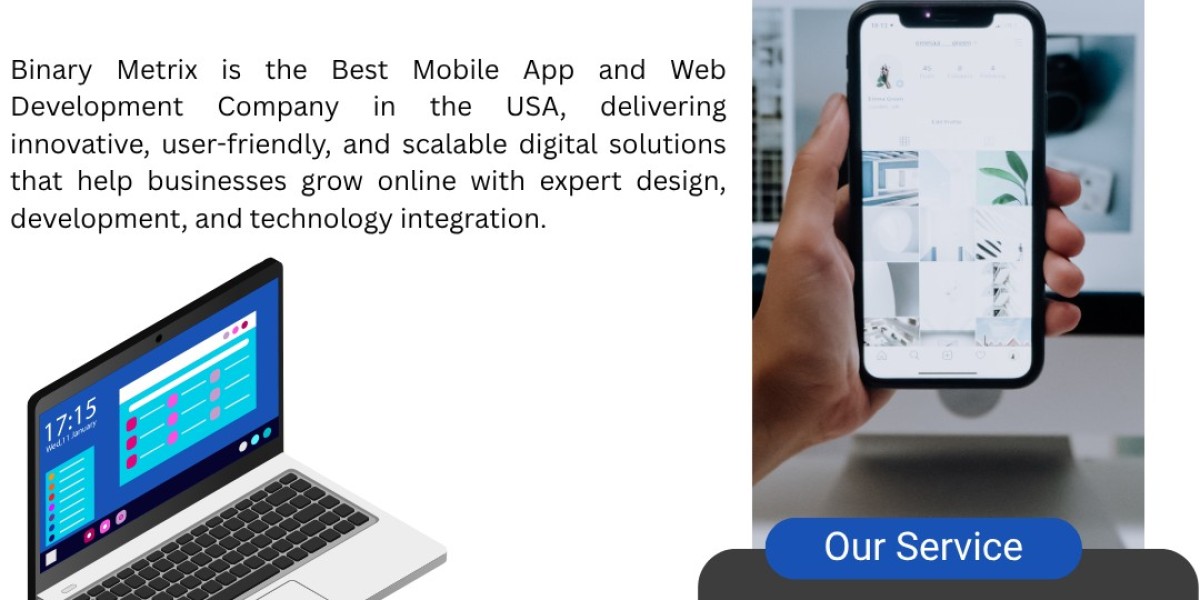When choosing enclosures for power outlets the material choice plays a vital role in safety and longevity. A Socket Box in plastic form offers lightweight handling and natural insulation against electrical faults. Fabricators appreciate that plastic variants resist corrosion and avoid the need for additional coatings in humid or chemical rich environments. Meanwhile metal options provide superior mechanical strength and heat dissipation for heavy duty installations.
Plastic enclosures excel in indoor settings where moisture control and cost containment matter. Injection molded polycarbonate or PVC units withstand repeated impacts without cracking and remain stable under temperature swings typical of heated or air conditioned spaces. Their smooth surfaces simplify cleaning in public areas and reduce the risk of surface buildup. Plastic also avoids galvanic reactions when paired with common wiring metals.
Metal boxes bring exceptional durability to rugged sites. Steel or aluminum shells accept threaded conduit fittings more securely and resist deformation when exposed to mechanical loads. In manufacturing plants where trolley systems bump walls or where vibration emanates from heavy machinery the rigidity of metal prevents enclosure distortion. The natural conductivity of metal aids in shielding against electromagnetic interference that can disrupt sensitive control circuits.
Installation speed differs with material choice. Plastic modules often include tool free snap in features that clip onto support rails or stud frames. This accelerates assembly in retrofit projects or modular housing systems. Metal units require drilling and anchoring hardware but reward installers with a rock solid fixture that stays square under all load conditions. Each approach suits different workflows based on project scale and available labor.
Thermal performance weighs heavily when outlets power high draw devices. Plastic boxes insulate heat inside which can accelerate component ageing if ventilation is poor. Metal counterparts absorb and dissipate heat outward through the enclosure walls. In busy electrical rooms where multiple outlets cluster plastic variants may require extra spacing or vent openings, while metal boxes integrate seamlessly with existing ventilation paths.
Environmental trends drive material innovation. Recycled plastics reduce carbon footprint but require careful compound selection to meet flame retardant and strength criteria. Metal boxes made from post consumer scrap steel or aluminum also support circular material flow and deliver consistent performance metrics. Facility managers aiming for green building certifications may compare lifecycle analyses for each option to determine the most responsible path.
Aesthetics and finish carry weight in commercial and residential settings. Plastic enclosures come in a variety of colors and textures that match interior design schemes. They accept paint or imaging films easily. Metal units offer brushed or powder coated surfaces that convey a professional industrial look. In open ceiling designs the metallic sheen complements exposed conduit and architectural lighting elements.
Maintenance teams note that plastic avoids surface rust and requires only mild cleaning solutions, while metal enclosures may need periodic corrosion checks and repainting in salty or acidic atmospheres. Both materials depend on gasket seals and proper assembly to prevent dust ingress. Choosing a weather rated certificate ensures that either type delivers stable performance in semi outdoor or wash down applications.
Cost comparisons often show plastic units with lower initial price but higher replacement rates in abusive environments. Metal boxes carry a higher upfront cost yet may last decades under heavy use. Procurement decisions hinge on expected maintenance windows and total cost of ownership models rather than per unit purchase price alone.
Safety codes influence enclosure selection. In industrial control panels where arc fault containment is required, some jurisdictions favor metal boxes for their fire resistant properties. Plastic boxes that pass rigorous flame tests suffice in many commercial spaces but require validation against local electrical regulations. Consulting a qualified installer helps match the right material to compliance requirements.
As outlet technology evolves to include smart sensors and communication ports the enclosure must accommodate new modules without compromising core protection. Plastic boxes allow easier 3D machining for custom cutouts while metal boxes offer threaded inserts for secure fastening of heavier sensor assemblies. Both materials support modular designs that adapt as building systems become more connected.
Choosing the appropriate enclosure material requires balancing safety durability cost and aesthetics in the context of the installation environment. Whether opting for corrosion resistant plastic or rugged conductive metal, selecting a quality Socket Box ensures reliable power distribution and protection of critical outlets. Learn more about available options and technical guidance at www.nante.com .







